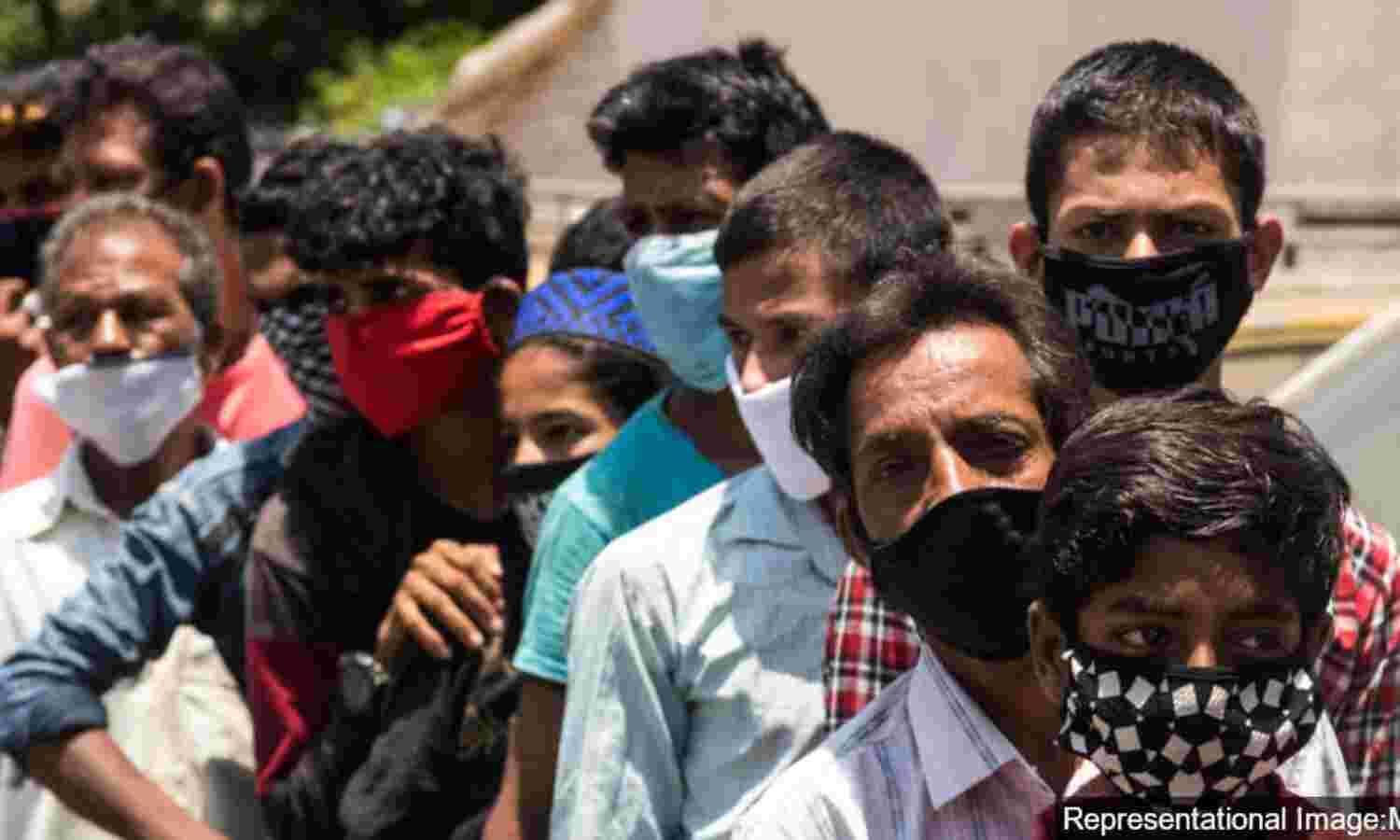How India Got To 1 Million COVID-19 Cases In 6 Charts

Delhi and Mumbai: India has become the third country in the world to cross the mark of 1 million COVID-19 cases on July 17, 2020. As the country continues to lift restrictions, it has not succeeded in flattening the curve as the number of new cases reported daily continues to rise. The country reported a record single-day increase of 34,956 cases, bringing the tally up to 1,003,832 confirmed cases.
At the current doubling time of 21 days, the tally could rise to 2 million by early August. Of the worst affected states, case growth has slowed only in Delhi. Nationwide, 25,602 people have died of the novel coronavirus so far.
The COVID-19 outbreak and the ensuing cycle of lockdowns and relaxations have disrupted life across the country. Over the last five months, IndiaSpend has reported on the pandemic’s impact on healthcare systems, migrants, healthcare workers, children, the environment and more.
Here is how India’s fight against COVID-19 has unfolded, in six charts.
The COVID-19 Curve Has Not Flattened
Nearly everyday, India reports higher and higher single-day increases in the number of confirmed cases. On July 16, the country’s total case tally increased by a record 34,956 cases. The government imposed a national lockdown on March 25, and has been relaxing restrictions since June 1, even as cases continue to increase.
The number of deaths reported daily has increased in line with case growth--25,602 COVID-19 deaths had been reported by July 17, putting the mortality rate for cases with a known outcome at 3.9%. However, it remains difficult to calculate India’s true mortality rate from COVID-19 given differences in definitions and low quality of baseline mortality data.
Daily case growth has slowed in only eight states and union territories
The number of COVID-19 cases reported daily is continuing to rise in 25 states and two union territories, compared to the seven-day average reported two weeks ago. Of the worst affected states, only Delhi has slowed down its case growth, having reported a peak of 3,947 new cases on June 23. In July so far, Delhi has reported 1,975 new cases per day, on average.
Lakshadweep remains the only part of the country that has not reported any COVID-19 cases so far. Goa and Manipur, both states that were declared “COVID-free” on April 20, have seen a resurgence in cases. There are 1,272 active cases in Goa and 635 in Manipur as of July 17. Sikkim, Nagaland, Arunachal Pradesh, and Tripura were also declared COVID-free on April 28, but all four states are now reporting rising daily case numbers.
India’s testing capacity has rapidly increased since the start of the COVID-19 outbreak, with the country now testing over 300,000 samples every day. However, the positivity rate of the samples tested has also increased, with 10.2% of samples testing positive in July, up from 5% in May.
Overall, India has tested 8.99 samples per 1,000 people, lower than the 164.8 tests per 1,000 in Russia and 38.4 per 1,000 in South Africa, and comparable with the rate of testing in Bangladesh and Pakistan. Most states are not contact-tracing adequately, with exposure data missing for over 70% of confirmed COVID-19 cases, as IndiaSpend reported on June 2. Healthcare workers too are not being tested widely. India revised its testing strategy for the sixth time on June 25, adding additional guidelines for testing groups through serological surveys. The extent of testing impacts the reliability of data, affecting measures of disease spread and growth.
India took 126 days after reporting its 100th case to cross 1 million
With 34,956 new cases reported on July 16, India has become only the third country in the world to report more than one million cases, 126 days since the 100th case was confirmed. It joins the United States, where the million mark was reached in 57 days of the 100th confirmed case, and Brazil, where it took 97 days.
While European countries such as Italy, France, Spain and the United Kingdom were early epicentres of the global pandemic, case growth in these countries has largely plateaued, while cases in India, Brazil and the United States continue to rise exponentially.
Source: Johns Hopkins Coronavirus Resource Center
With 21-day doubling time, India could hit 2 million cases by early August
At the current rate of growth in July, the total number of COVID-19 cases in India is doubling every 21 days. At this rate, the country could record 2 million cases by early August and 4 million by the end of August. The doubling time of cases, which stood at 4.3 days at the beginning of the lockdown on March 25, has increased consistently since. However, doubling time can be a misleading metric in light of low testing and significant local-level variations, as IndiaSpend reported on May 1.
National mobility fell during the lockdown, but is back on the rise
Mobility in non-residential areas fell by more than 50% of the baseline levels during the lockdown, a testament to the stringency of lockdown measures. Since the gradual unlocking starting June 1, mobility to grocery and pharmacy areas has returned to pre-pandemic baseline levels while other categories of movement to workplaces and transit areas is also slowly on the rise. As cases continue to increase in localised clusters, some cities have reimposed localised lockdowns, including Chennai and Bengaluru.
(Surbhi Bharadwaj is an intern with IndiaSpend. Jameela Ahmed is a contributor.)
We welcome feedback. Please write to respond@indiaspend.org. We reserve the right to edit responses for language and grammar.


